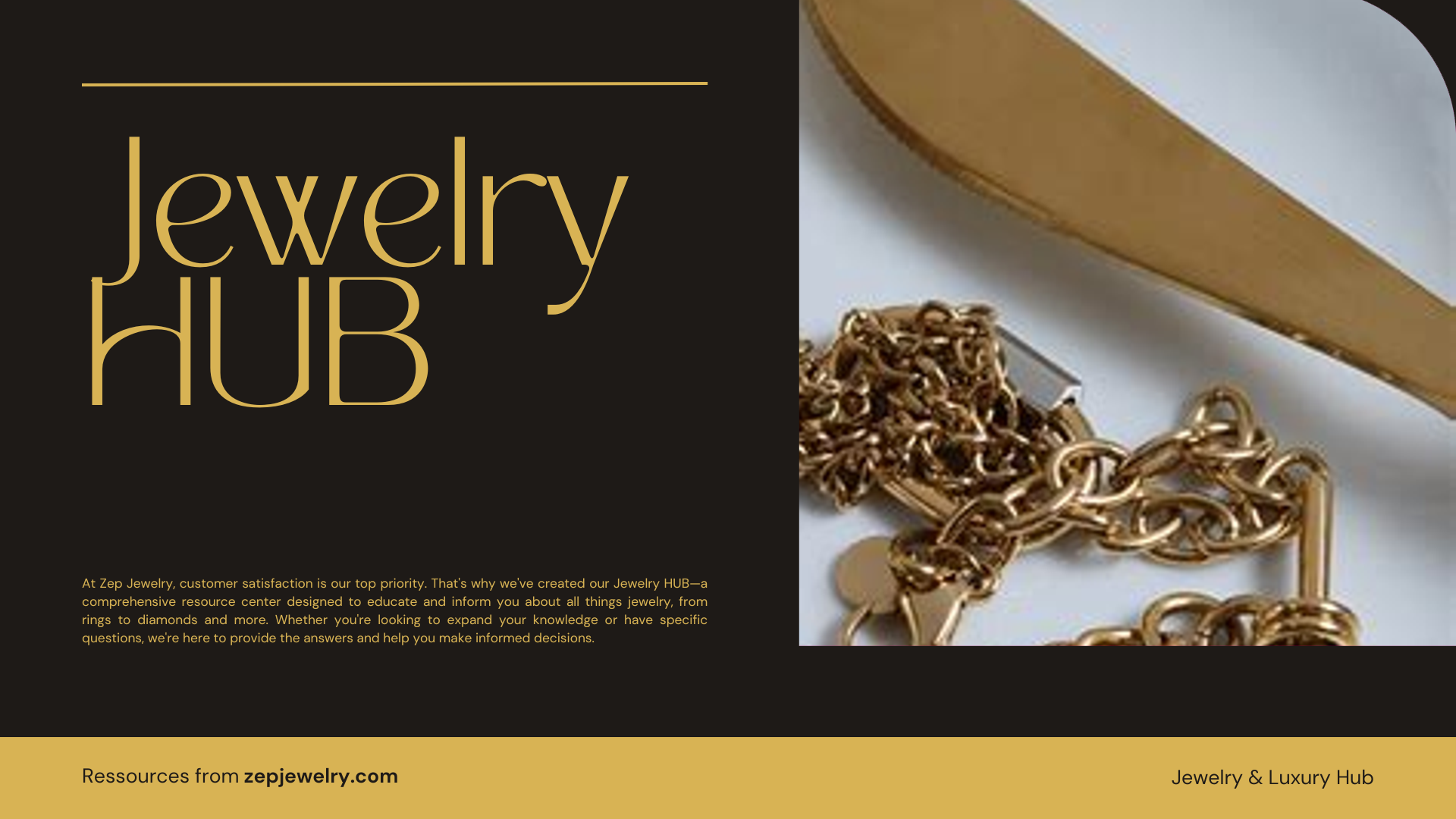Have you ever wondered why chefs and food handlers seem to have an aversion to flashy accessories? Imagine a bustling kitchen where every piece of jewelry becomes a potential hitchhiker for germs, sneaking into dishes like an uninvited guest. In the world of food preparation, the rules of engagement with jewelry are far from mere fashion guidelines—they’re essential for maintaining safety and hygiene. As we delve into the types of jewelry that food handlers can don while whipping up our favorite meals, we unlock a crucial understanding of the balance between personal expression and public health.
What types of jewelry are food handlers allowed to wear while preparing food?
Food handlers are permitted to wear only a select few types of jewelry while preparing food to minimize contamination risks and ensure the safety of the food being served. According to FDA guidelines, the primary jewelry options allowed include plain wedding bands, simple stud earrings, and medical alert bracelets. These jewelry pieces are designed to be less likely to trap food particles or harbor harmful bacteria, which can be a significant concern when dealing with food.
A plain wedding band, for example, is an ideal choice because it typically has a smooth surface and lacks intricate designs that could collect debris. This simple piece of jewelry can easily be sanitized and poses minimal risk of contaminating food. Similarly, simple stud earrings that sit close to the earlobe are acceptable, as they are less likely to dangle or fall into food, reducing the chance of physical hazards.
Regarding medical alert bracelets, these can also be worn, but it’s essential for food handlers to ensure they remain clean and sanitized. This is particularly important because such bracelets often provide critical health information, and finding a balance between complying with safety regulations and addressing medical needs is crucial.
It’s important to note that other types of jewelry, such as rings with stones, bracelets, and watches, are generally prohibited. Jewelry pieces with multiple nooks and crannies can retain food particles and bacteria, making them a potential source of contamination. Therefore, food handlers should prioritize hygiene and safety by adhering to these guidelines while ensuring a sanitary working environment.
Ultimately, understanding and following these jewelry guidelines not only protects food handlers themselves but also safeguards customers from potential foodborne illnesses, thereby ensuring a safe and hygienic culinary experience. Always check with your workplace’s specific policies, as there may be additional regulations to consider.
Why is it important for food handlers to limit their jewelry when preparing food?
Limiting jewelry is essential for several important reasons. Jewelry items such as rings, bracelets, and watches are notorious for becoming reservoirs for bacteria and other harmful pathogens. This is particularly concerning in food handling, where maintaining a sterile environment is crucial to prevent foodborne illnesses. As food handlers interact with various surfaces — from doorknobs to cooking utensils — their jewelry can inadvertently collect harmful microorganisms. These germs could easily transfer to the food being prepared, putting consumers at risk.
Moreover, elaborate pieces of jewelry can pose significant physical hazards in a kitchen setting. For instance, if a ring or bracelet slips off, it could fall into food, creating choking risks for customers. Likewise, loose earrings or necklaces might get caught in machinery or equipment, potentially resulting in injuries to the food handler. By adhering to jewelry limitations, food handlers not only ensure a cleaner and safer working environment but also protect themselves and their customers from unnecessary risks. Understanding these precautions is a key part of fostering safe food practices and reinforcing a culture of health and safety within the food service industry.
How can jewelry contamination occur in food service environments?
Jewelry contamination can happen through several pathways. When food handlers touch their jewelry—whether fidgeting, adjusting, or removing it—bacteria can transfer from the jewelry to their hands and then onto food. Moreover, items like earrings and necklaces can fall into food, presenting choking hazards or causing physical injury to consumers, which underscores the need for strict jewelry policies in food preparation areas.
Are there exceptions to the jewelry restrictions for food workers?
Yes, although food safety regulations are strict, exceptions exist for medical alert bracelets. These are often permitted due to health concerns, but food handlers should collaborate with management to find alternatives that comply with hygiene standards. For instance, medical information may be worn in the form of a necklace or anklet to avoid compromising food safety, adhering to the guidelines of the Americans with Disabilities Act.
What hygiene practices should food handlers follow regarding jewelry?
Food handlers should wash their hands frequently and thoroughly, particularly before and after food handling. Even with gloves, they should avoid wearing jewelry, as it can compromise hand hygiene. If employees wear jewelry, they should ensure it’s cleaned and sanitized regularly to reduce the risk of contamination. The focus should always be on maintaining a sanitary environment to protect both the workers and consumers.
What should a food worker do if they forget to remove their jewelry before preparing food?
If a food worker realizes they forgot to remove their jewelry, they should immediately stop preparing food. Any items that came into contact with food should be discarded, and the preparation area must be sanitized. The worker should then wash their hands and change their gloves to ensure that any potential contaminants are removed and food safety protocols are upheld.
How can understanding jewelry guidelines enhance food safety in a culinary environment?
Understanding jewelry guidelines is crucial for food safety as it emphasizes the significant role jewelry plays in food contamination risks. By adhering to regulations, food handlers can prevent foodborne illnesses caused by biological hazards. Moreover, it encourages a culture of hygiene that benefits both staff and customers, leading to safer culinary practices for everyone involved in the food preparation process.
